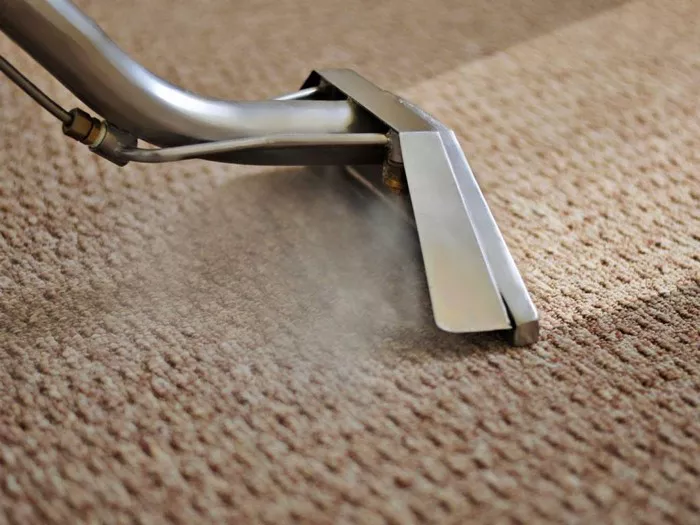In the pursuit of cleanliness and hygiene within our living spaces, the utilization of steam cleaning has emerged as a prominent solution. Offering a multitude of benefits including deep cleaning, disinfection, and environmental friendliness, steam cleaning has gained traction as a preferred method for many households and industries alike. However, amidst the growing concerns over chemical usage in cleaning products, a pertinent question arises: Can you steam clean effectively without chemicals? Let’s delve into the intricacies of steam cleaning to uncover the answer.
See also: Carpet Cleaner vs. Carpet Shampooer: What is the Difference?
The Power of Steam:
Steam cleaning operates on a simple yet powerful principle: utilizing hot water vapor to break down dirt, grease, and grime. Unlike traditional cleaning methods that rely on chemical solutions, steam cleaning harnesses the natural force of heated water to penetrate and dissolve stubborn residues. The high temperatures generated by steam not only aid in the breakdown of dirt but also serve as a potent disinfectant, effectively eliminating bacteria and viruses lurking on various surfaces.
Chemical-Free Steam Cleaning:
One of the most compelling aspects of steam cleaning is its effectiveness without the need for additional chemicals. Across a diverse range of surfaces including hardwood floors, tile countertops, appliances, and upholstery, steam cleaning stands as a formidable cleaning agent in its own right. By relying solely on the power of steam, users can achieve pristine cleanliness without introducing potentially harmful chemicals into their living environments.
While steam cleaning proves effective for the majority of cleaning tasks, it’s essential to acknowledge its limitations. Stubborn stains and greasy messes may require an extra boost to achieve optimal results. In such cases, natural cleaning agents can complement the steam cleaning process, providing a gentle yet effective solution to tackle tough grime.
See also: How Long Does It Take Carpets to Dry After Cleaning?
Boosting Steam Cleaning:
For users seeking to enhance the efficacy of steam cleaning, natural cleaning agents offer a viable solution. Common household items such as white vinegar, lemon juice, and baking soda can serve as potent allies in the battle against dirt and grime. White vinegar, renowned for its deodorizing and disinfecting properties, proves particularly effective when paired with steam. Lemon juice, with its grease-cutting abilities, can aid in dissolving stubborn residues, while baking soda excels at absorbing odors and freshening surfaces.
However, it’s important to exercise caution when using natural cleaning agents in conjunction with steam. Dilution and testing on inconspicuous areas are recommended to prevent potential damage to surfaces. Additionally, users should be mindful of any allergic reactions or sensitivities that may arise from exposure to natural cleaning solutions.
Safety Precautions:
As with any cleaning method, safety should always remain a top priority. Users should carefully adhere to manufacturer’s instructions when operating their steam cleaners to ensure optimal performance and safety. It’s important to avoid using steam cleaners on delicate surfaces such as wood or fabrics without the appropriate attachments, as high temperatures can cause damage.
Conclusion:
In conclusion, the question of whether steam cleaning can be effectively performed without chemicals is met with a resounding affirmative. Steam cleaning stands as a testament to the power of natural cleaning methods, offering a safe, eco-friendly, and cost-effective solution to maintaining cleanliness within our living spaces. By harnessing the inherent properties of steam and, when necessary, supplementing with natural cleaning agents, users can achieve exceptional results while minimizing their environmental footprint. As we continue to prioritize health and sustainability in our daily lives, chemical-free steam cleaning emerges as a beacon of cleanliness in an increasingly conscious world.

